Filter
- *Tourist regions in Hungary
- Region of Bratislava
- Region of Dolné Považie
- Region of Gemer
- Region of Horehronie
- Region of Horná Nitra
- Region of Ipeľ
- Region of Liptov
- Region of Nitra
- Region of Orava
- Region of Podunajsko
- Region of Pohronie
- Region of Severnopovažie
- Region of Spiš
- Region of Tatra
- Region of Turiec
Region of Liptov
The region of Liptov is located in the northern part of the Slovak Republic and touches the Polish-Slovak border with its north-eastern edge. It encompasses the districts of Ružomberok and Liptovský Mikuláš. It has an area of 2000 km2, an area almost identical with the former Liptov county. The Liptov region extends into the area of three national parks: the Low Tatras National Park (NAPANT), the Tatra National Park (TANAP), the Great Fatra National Park (NPVF). This region is recognized for numerous hot springs that emerge here (Bešeňová, Pribylina, Liptovský Ján, Závažná Poruba) and for its thermal spas (Lúčky). This region has a rich cultural heritage, many mansions and manor-houses. The oldest architectural monuments are the ruins of medieval castles. Typical representatives of folk architecture can be found in Vlkolínec, a unique architectural reservation of authentic folk housing, or the evangelical church near Svätý Kríž. Liptov is surrounded by the highest of Slovak mountains, the highest is Bystrá with an altitude of 2248 m. The rivers Čierny Váh and Biely Váh flow through this region and make up the longest Slovak river – Váh. The Liptovská Mara reservoir can be found in the Liptov region along with three of the most beautiful Slovak caves (Demänovská Cave, Demänovská Cave of Liberty and Važecká Cave) and other local treasures (thermal parks, museums, cultural monuments and galleries).
History
The Havránok Celtic tribal village represents an important chapter of Liptov's Celtic history. Slavs started settling on this hill above Liptovská Mara in 6th century. Afterwards, Liptov became a part of Great Moravia and during 11th century it was gradually incorporated into the Kingdom of Hungary and became its permanent comitatus in 12th century. The first written account of Liptov is from the year 1231 – the period of the reign of king Andrew II. A separate Liptov county was created at the end of 13th century. Liptovský Mikuláš became the county capital in 1677, after the fall of the Liptov Castle. The historical development of this region was highly influenced by mining. In 13th century, new gold miners' villages were founded in the Boca river valley. Liptov residents made their living by growing wheat, potatoes, hemp and flax, and since the 13th century also by sheep husbandry. Sheep milk products and artistic expression of shepherds have strongly influenced the region's folk culture. Liptov is also famous for its heroic outlaw Juraj Jánošík, who was executed in 1713 in Valaská Dubová.
(fotowikipedia)
-
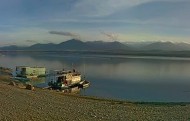
Water reservoir – Liptovská Mara
The largest water reservoir in Slovakia - Liptovská Mara, near Liptovský Mikuláš, was built between 1965 and 1975. The dam has an area of 22 square kilometres with a maximum depth of 43 metres. Due to its size, it deserves a worthy attribute - Slovenské or Liptovské more (the Slovak Sea).

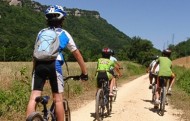
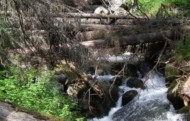
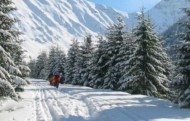
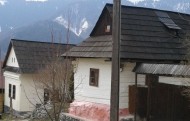
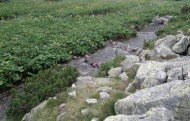
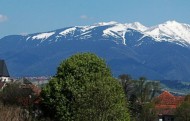
 English
English Slovenský
Slovenský Magyar
Magyar